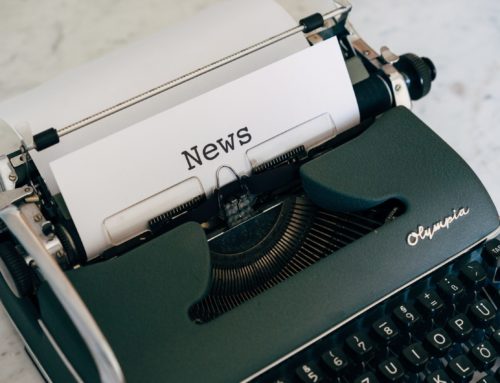
The good news: School districts in New York state received a total of more than $14 billion in COVID relief funds. The problematic news, at least in New York City: A “significant chunk” of that one-time relief was spent on initiatives “that have recurring costs,” writes Chalkbeat.
A report released by Advocates for Children, part of a call to action to New York City policymakers, highlights the programs in the city currently being supported by federal funds. They include hundreds of new preschool inclusion class seats to increase opportunities for students with Individualized Education Programs (IEPs); the expansion of school-wide restorative justice practices; and literacy instruction and dyslexia programming.
The school system “is all too quickly approaching a steep fiscal cliff,” the report writes.
The programs, however, “are not necessarily at immediate risk,” writes Chalkbeat, “since the federal funding runs until the 2024-25 school year, though advocates argue the city should make plans to address the looming fiscal cliff now.”
A report released this past November from the Office of the New York State Comptroller School notes that the $14 billion came from the Coronavirus Aid, Relief and Economic Security (CARES) Act, the Coronavirus Response and Relief Supplemental Appropriations Act (CRRSA), and the American Rescue Plan (ARP) Act.
Recent testing data shows that students had a substantial loss of learning nationally and in New York state and New York City specifically.



